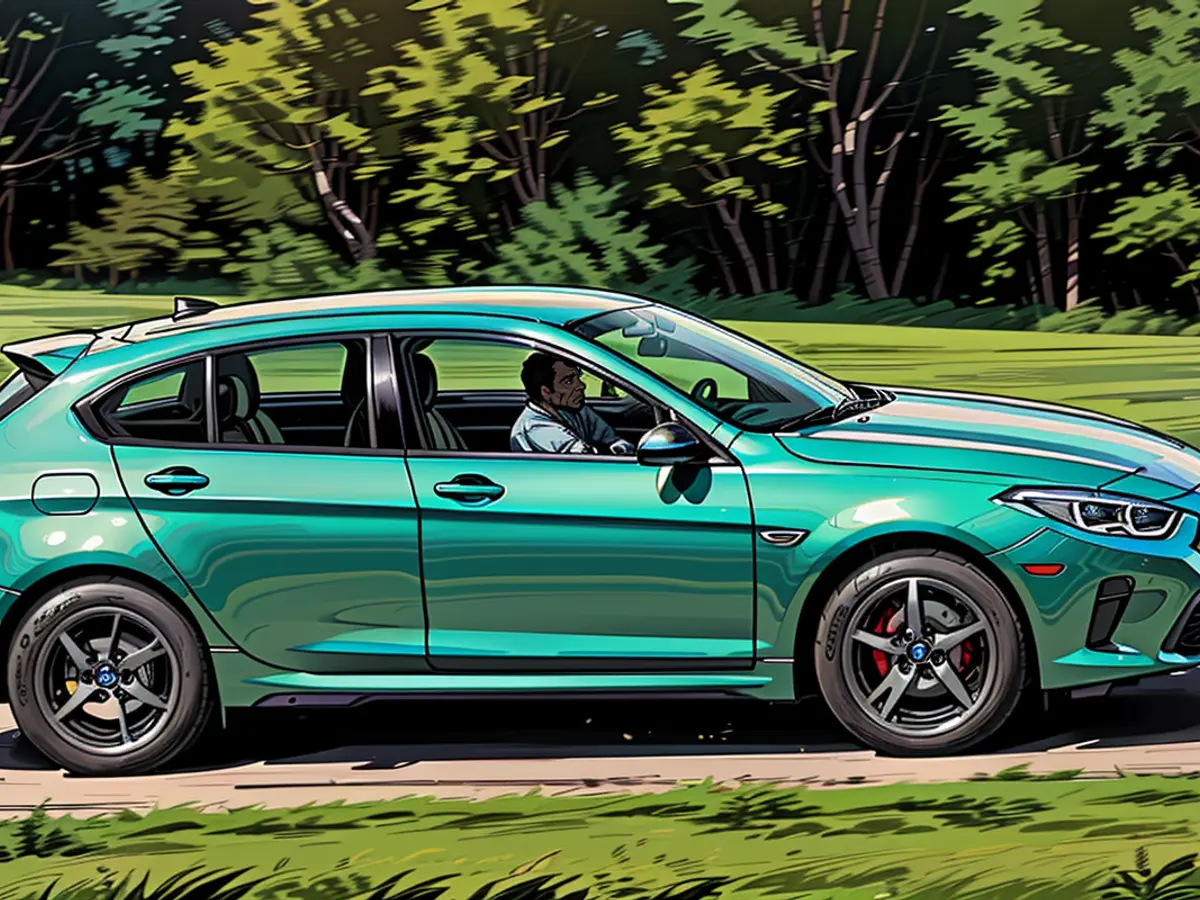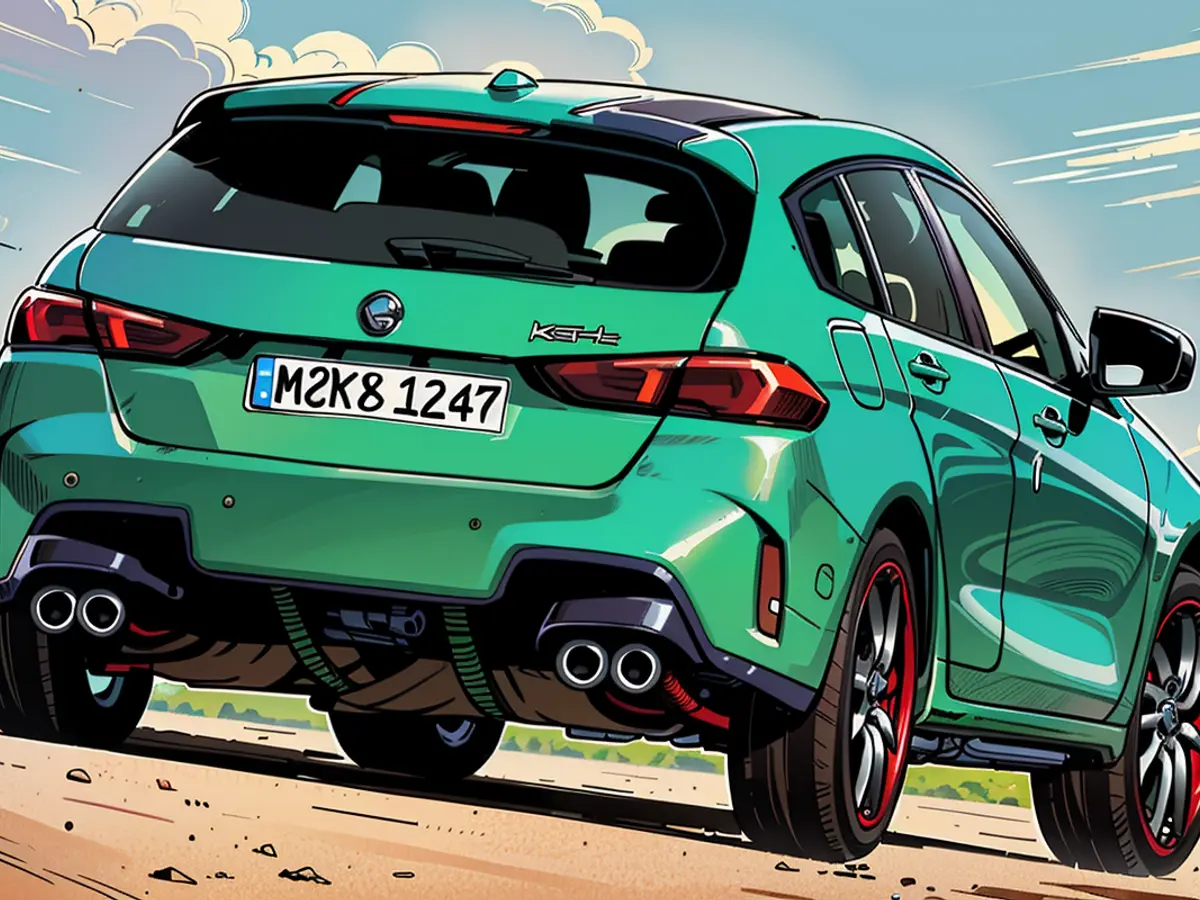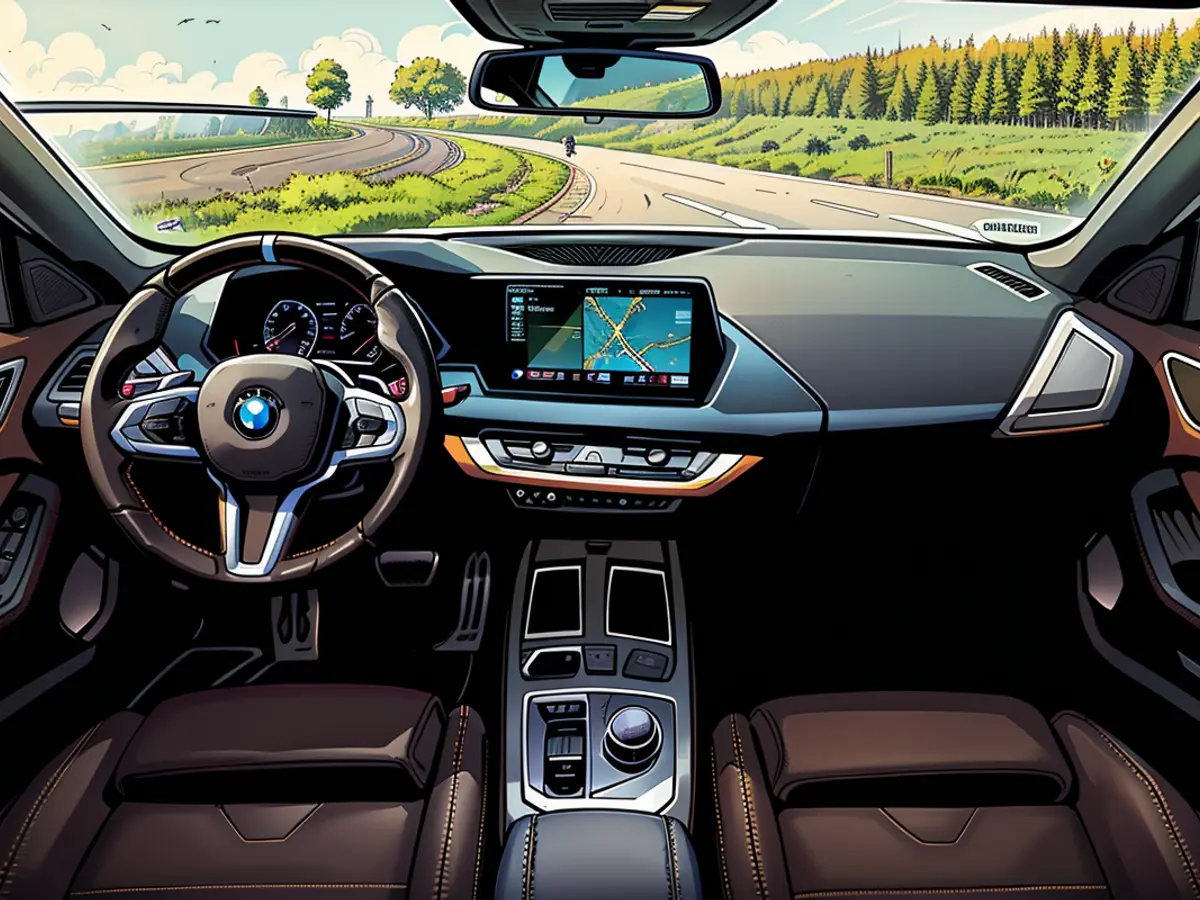Revised BMW 1 Series Offers Decreased Power Yet Unwavering Joy Behind the Wheel
After just five years, the second-gen front-wheel-drive BMW 1 Series is set for release. Is it an improvement?
When the first front-wheel-drive 1 Series BMW hit the market five years ago (the first front-wheel-drive BMW was the 2 Series Active Tourer in 2014), professional opinions were divided. Some critics slammed the steering sensitivity and the switch from torque converter automatic to dual-clutch transmission. Others applauded the additional space. Naturally, the lack of a driveshaft tunnel and the transverse rather than longitudinal engine placement saves space, which benefits the passengers.
Now, the second generation is on the horizon, and it's generating a lot of interest among fans. The spec sheet is already sparking some controversy. Why does the 120 (now sans letter suffix) with 1500 kg take about a second longer than the previous 120i to hit 100 km/h? The reason is straightforward - the new one has 8 PS less power (170 PS comes from 156 combustion and 20 electric PS, with the electric motor in the seven-speed dual-clutch transmission adding 55 Nm of torque). Product management defends the reduced power by comparing the 120 to the old 118i. An intriguing perspective.
120 now stands for three cylinders
Regardless, the 120, designated "F70," relies on the B38 three-cylinder engine from the previous 118i. It's audible from the first few meters. It begins with a fundamental hum instead of a smooth hum, but without noticeably impacting the bite. In everyday use, the marginally slower acceleration is negligible. What's more surprising is that the boost fails to completely eliminate the small turbo lag in the high-tech Otto-charged engine. BMW has equipped the 240 Nm torque gasoline engine with direct fuel injection into the combustion chamber or intake manifold for efficiency, and it operates according to the Miller principle with shorter intake valve opening times. This reduces fuel consumption to less than six liters per 100 km in the WLTP cycle.

Those who opt for the significantly more expensive M135 xDrive (56,200 euros versus 37,900 euros for the base price) will likely focus more on performance than fuel efficiency. BMW's press team provided test drives of this model as well. The available, prominently green-painted top models with 300 PS (without electrification) can consume up to eight liters of premium gasoline at full throttle.
In contrast, the focus is on performance with the M135 xDrive, and the four-cylinder engine accelerates almost traction-free towards the 100 km/h mark in 4.9 seconds. Apart from power distribution to all four wheels, the engineers have also installed a mechanical limited-slip differential at the front axle. The complex combustion engine powertrain with delayed torque build-up, such as an electric motor and many gear changes, doesn't always start immediately depending on the driving mode. So, there's also the boost function on the steering wheel paddle, similar to other BMW models. In this case, the passenger feels quite tightly secured in the newly designed seat when full engine load is combined with maximum acceleration.
In Sport mode, the 135i becomes even more aggressive, emphasizing each gear shift of the dual-clutch transmission with a brief misfire from the exhaust. Can this deliberately composed aggressive sound replace the more refined tones of the earlier inline-sixes with rear-wheel drive? Not really. But the agility on the winding country road erases those concerns.
Various enhancements in the suspension department aim to enhance the steering precision of the 1 Series BMW. The body is stiffer, and there's a strut brace in the engine compartment to increase rigidity. The top version may turn more sharply, which might also be due to a slightly altered steering ratio, but no one could accuse the luxurious green compact sports car of lacking driving enjoyment. Moreover, the occupants are comfortably held in place during high-speed cornering thanks to contoured sports seats with Alcantara upholstery.

At the same 2.67-meter wheelbase, the new model is 4.36 meters long, making it roughly four centimeters longer than its predecessor, which was hardly noticeable. However, once you board, you'll notice a different sensation: physical buttons, apart from the familiar volume control in the central console, have disappeared. You'll need to get used to BMW Operating System 9, which functions well after a brief learning curve. Whether you'll grow to appreciate or desire the optional semi-autonomous driving remains to be seen.
The illuminated kidney grille is now standard, boosting visual appeal, especially in twilight. Otherwise, the compact car presents itself in a tasteful and unpretentious manner, avoiding excessive use of creases on the metal. "Simplicity is key" seems to be the design mantra. The subtle indentations in the rear lights recall the coupe-like X2 and hint at family ties. The compact car also represents the new BMW design, with the integrated model designation set in the area of the well-designed Hofmeister kink (C-pillar). Nicely done.
If you're not keen on the 120i's potency, there's the 116 without the electric boost (boasting 122 PS) for just 32,900 euros. Furthermore, it provides two diesel alternatives: the 118d and 120d, priced at 38,200 and 40,500 euros respectively. The 120d has an edge with an extra 20 electric steeds, boosting the total power to 163 PS. The mid-tier 123 xDrive, boasting 218 PS system power, concludes the lineup. This new selection of vehicles doesn't make the decision any easier, but trust me, you'll still have a blast driving any of them. Give it a whirl.
The second-gen BMW 1 Series, despite relying on the B38 three-cylinder engine from the previous 118i, offers a noticeable hum at start-up, but the slight decrease in power isn't overly noticeable in everyday use.
Among the new BMW 1 Series models, BMW enthusiasts are particularly interested in the M135 xDrive, equipped with a more powerful four-cylinder engine and offering impressive acceleration, making it a popular choice for those prioritizing performance.










